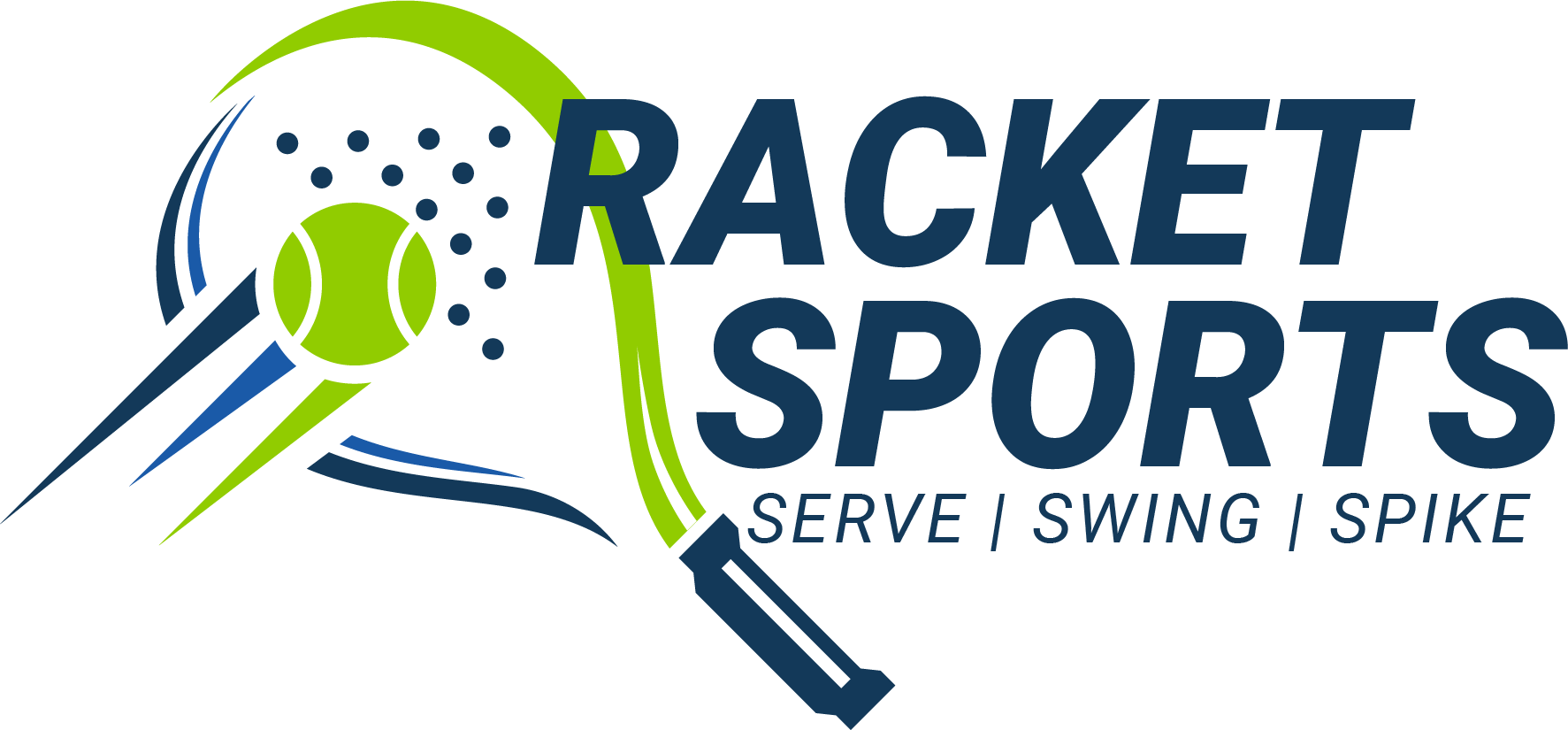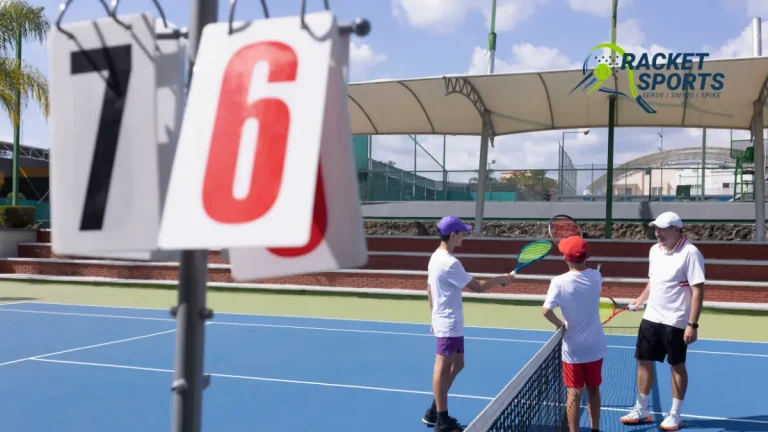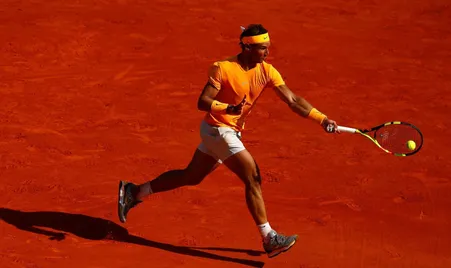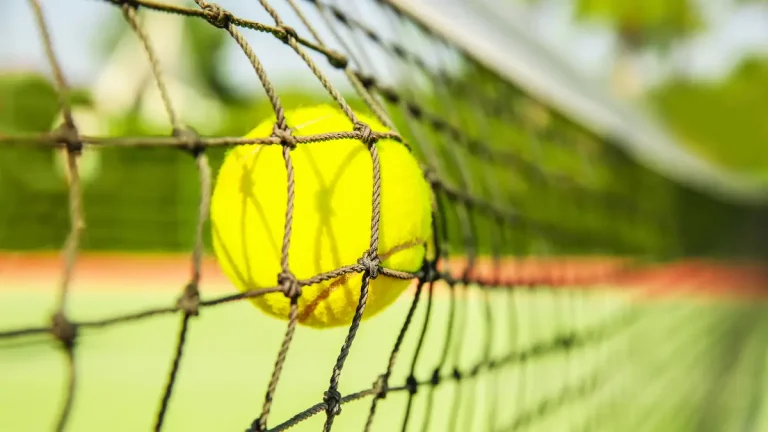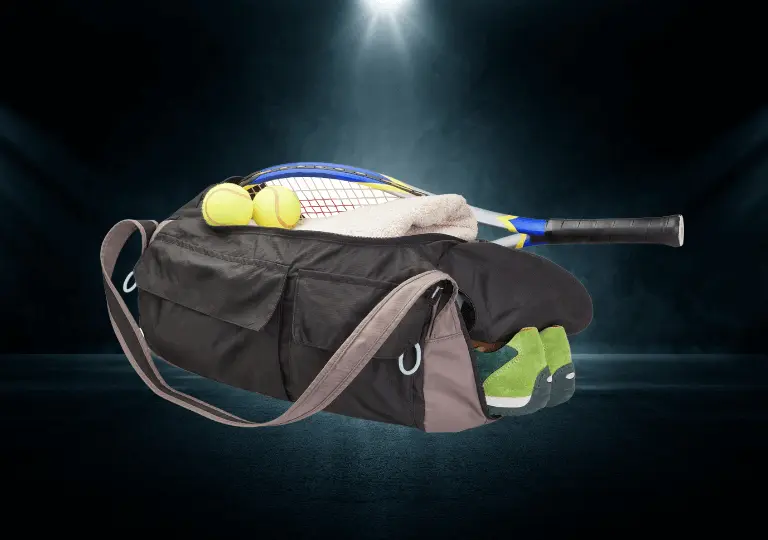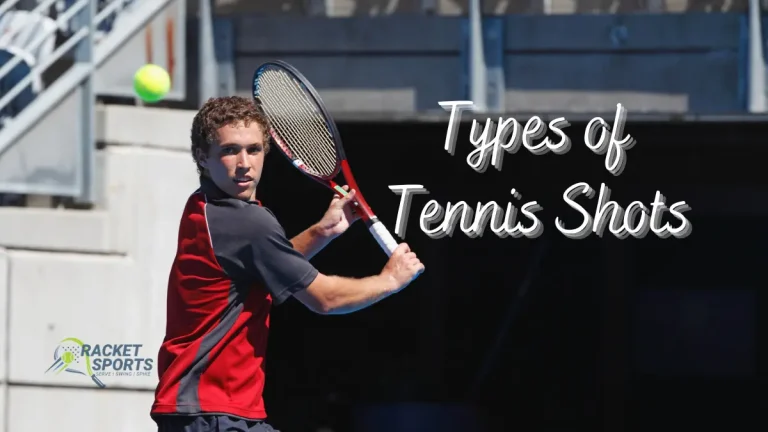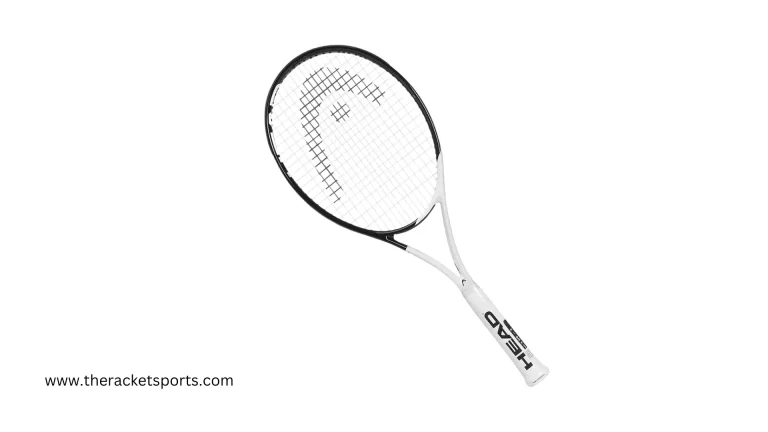Types of Tennis Rackets – Choose a Tennis Racquet Like a Pro
When choosing a tennis racket, the critical factors to consider are the type of tennis racket, material, weight, grip size, string types, string tension, stiffness, and budget.
More than 20 types of tennis rackets are available for players based on their skill levels. The most common types are power rackets, control rackets, tweener rackets, and modern player’s rackets.
Tennis racquets are made of various materials, sizes, and forms to suit a range of skill levels and playing styles. Choosing the right tennis racket for yourself is crucial as it can either make or break your game.
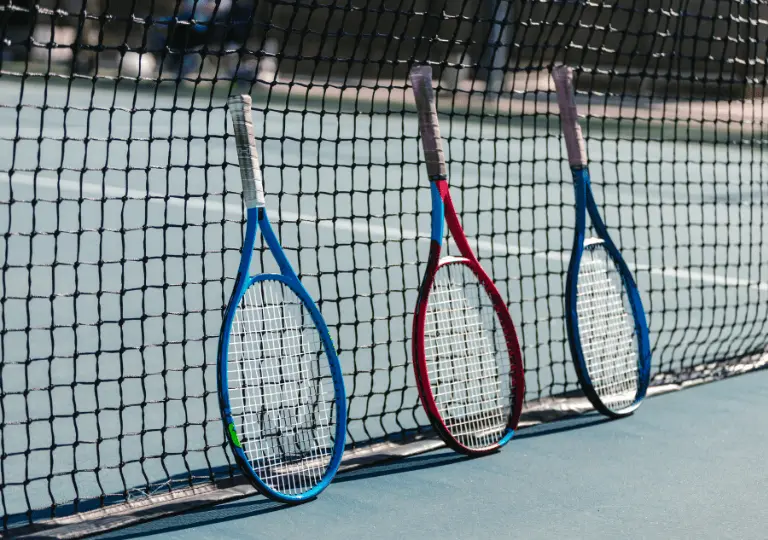
But the question is, what are the types of tennis rackets, and how can you select one? Want to know the factors before choosing one? Keep reading.
Types Of Tennis Rackets
You can only play tennis with the right tennis racquet. To avoid tennis elbow or other injuries, know your requirements first. Even though many famous tennis brands are in the market, consider the following types and factors before choosing one.
Power Racquets:
Power racquets are designed to maximize the force behind your shots. They generally have a large head size, a stiffer frame, and a more head-heavy balance. The larger head size provides players with a larger sweet spot, which makes it easier to generate power.
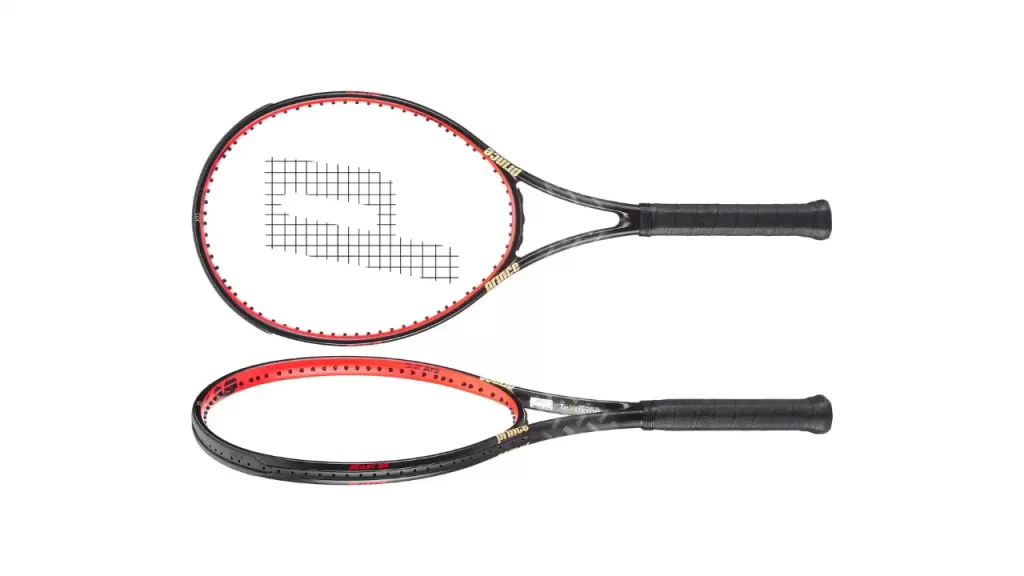
These racquets are excellent for players who want to hit powerful groundstrokes. However, they may need more control and accuracy to avoid overhitting the ball. Power rackets are more suitable for beginners and intermediate players, who demand more power in their shots with minimum effort.
Characteristics of Power Rackets:
Larger Head Size:
Power rackets typically have a larger head size, often in the range of 85 to 110 square inches or even larger. A larger head size provides a more significant sweet spot, making solid contact with the ball easier.
Stiffer Frame:
Power rackets often have stiffer frames which allows more energy to transfer to the ball upon impact. The stiffness of the frame contributes to the racket’s power potential.
Head-Heavy Balance:
Power rackets tend to have their weight distributed toward the head of the racket. This head-heavy balance provides extra mass at the tip of the racket, improving the ability to generate power.
Lightweight and Maneuverable:
Despite being head-heavy, power rackets are generally lightweight and maneuverable. This combination allows players to swing the racket faster. This also generates more racket head speed and, consequently, more power.
String Technology:
Some power rackets incorporate string technology that enhances power. For instance, they may use string patterns that increase the trampoline effect of the tennis strings, resulting in more ball rebound and pace.
Control Racquets:
Control racquets are the opposite of power racquets. Just as power rackets are all about generating power, control rackets are all about control. They are described by a smaller head size, a more flexible frame, and a balance closer to the handle.
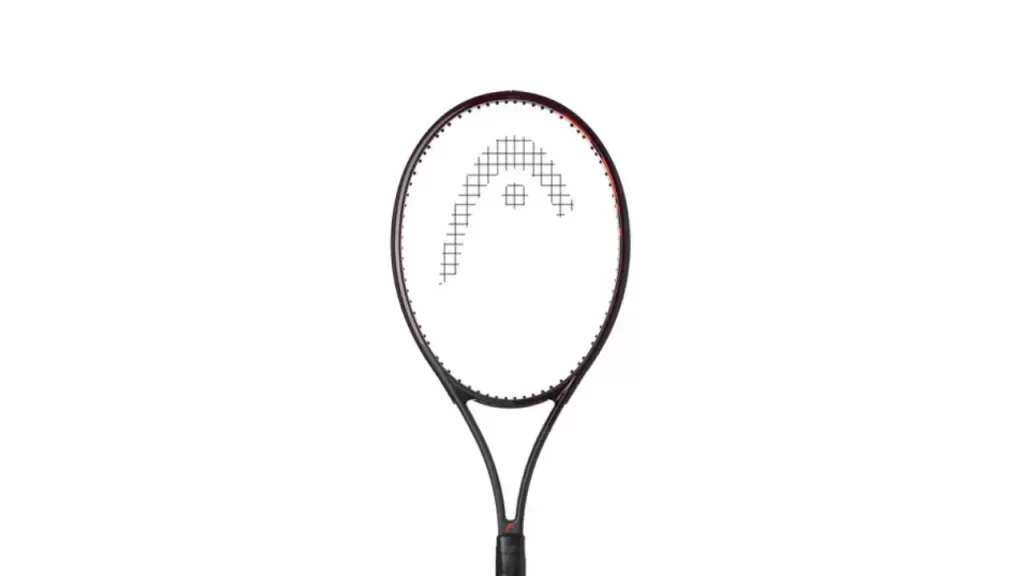
These racquets provide excellent control over the ball and are preferred by advanced players who can generate their power as well as better control. Control racquets are well-suited for players who prioritize precision and shot placement over power.
Characteristics of control rackets:
Smaller Head Size:
Control rackets often have smaller head sizes, typically ranging from 95 to 98 square inches. A smaller head size provides a smaller sweet spot but allows more precise shot placement.
Tighter String Pattern:
Control rackets typically feature a denser string pattern, usually with 18×20 or 18×19 strings. This string pattern provides more control and reduces the trampoline effect, which further helps with shot accuracy.
Heavier Weight:
Control rackets tend to be heavier than power rackets. The added weight provides stability and control, allowing players to guide the ball well.
Stiffer Frame:
These rackets have a stiffer frame, which minimizes power but increases control. The frame’s stiffness reduces the amount of energy players lose upon impact, which results in more precision.
Even or Head-Light Balance:
Control rackets are balanced, even, or slightly head-light. This balance promotes better maneuverability and the ability to place the ball precisely.
Tweener rackets:
Tweener racquets are designed to hit a balance between power and control shots. They have a moderate head size, frame stiffness, and balance point. These racquets are popular among intermediate players who are looking for versatility and a well-rounded performance. Tweener racquets are often recommended for players who are improving their skills and need a racquet that can adjust to their changing needs.
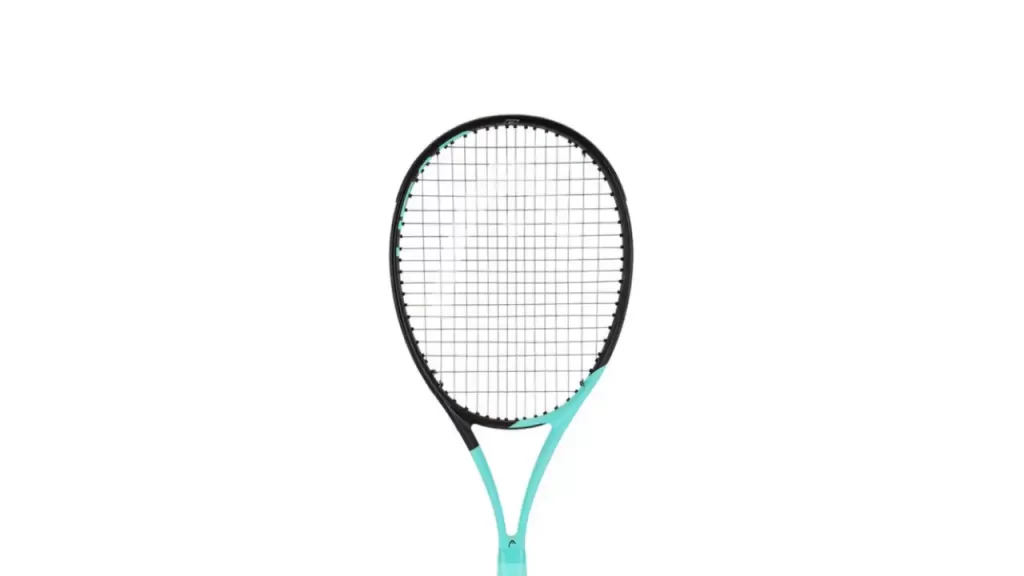
Characteristics of tweener rackets:
Mid-sized Head:
They have a moderately sized head, typically 100 to 105 square inches. This provides a reasonable balance between the sweet spot size and control.
String Pattern:
Tweeners usually have a string pattern of 16×18 or 16×19, which offers power and control. This string pattern is not as tight as control rackets or as open as power rackets.
Balanced Weight:
These rackets often have a balanced weight, making them suitable for various playing styles. They are not heavy or too light and balance maneuverability and stability.
Slightly Stiffer Frame:
Tweener rackets have frames with moderate stiffness. This provides a balance between power and control and offers power while still allowing for precise shots.
Modern player’s racket:
Modern player’s tennis rackets are designed for professional and advanced players who have excellent technique and want to fine-tune their game. These rackets provide control, precision, and stability while allowing players to generate their power. These rackets are different from power rackets and tweener rackets, designed for players needing more assistance with generating power or control.
Characteristics of a modern player’s rackets:
Mid-sized Head:
These rackets often have a mid-sized head, typically ranging from 95 to 98 square inches. This head size offers a smaller sweet spot but greater control over the ball.
Dense String Pattern:
Modern player’s rackets usually have a dense string pattern, typically 18×20 or 18×19. This pattern improves control and precision.
Heavier Weight:
These rackets tend to be on the heavier side, providing stability and power control. The added weight allows advanced players to swing with more control and generate their power.
Stiff Frame:
The frame of modern player’s rackets is often stiffer than that of other rackets, reducing power but increasing control. The stiffness minimizes energy loss upon impact.
Even or Head-Light Balance:
These rackets are often balanced, even, and slightly head-light. This enhances maneuverability and allows players to direct the ball accurately.
Solid Feel:
Modern player’s rackets provide a solid and direct feel, allowing players to have complete control over their shots and make slight adjustments during play.
The type of tennis racket you should buy based on your skill level:
The type of tennis racket you should buy is often based on your skill level, playing style, and preferences. Let me provide you with a general guideline for selecting a racket based on your skill level:
Beginner Players:
- Racket Type: Power racket
- Characteristics: larger head size (oversize or super oversize), lightweight, balanced toward the head, open string pattern.
- Reason: Power rackets provide a larger sweet spot, making it easier to hit the ball and generate power. These rackets also help beginners to get comfortable with the game.
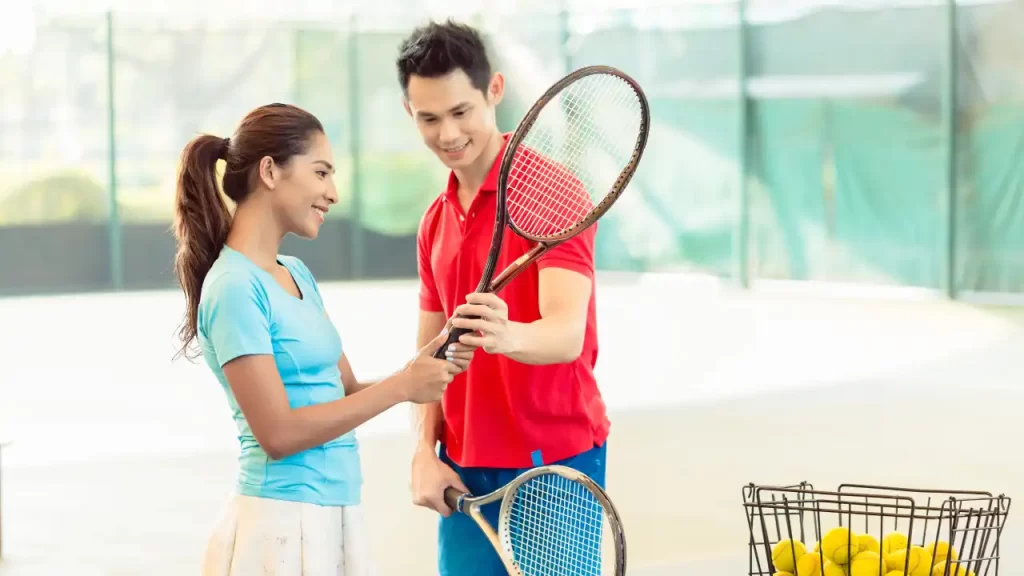
Intermediate Players:
- Racket Type: Tweener Racket
- Characteristics: moderate head size (around 100 square inches), moderate weight, balanced, moderate string pattern
- Reason: Tweeners offer a balance between power and control, suitable for players who have developed some skill and are looking to fine-tune their game.
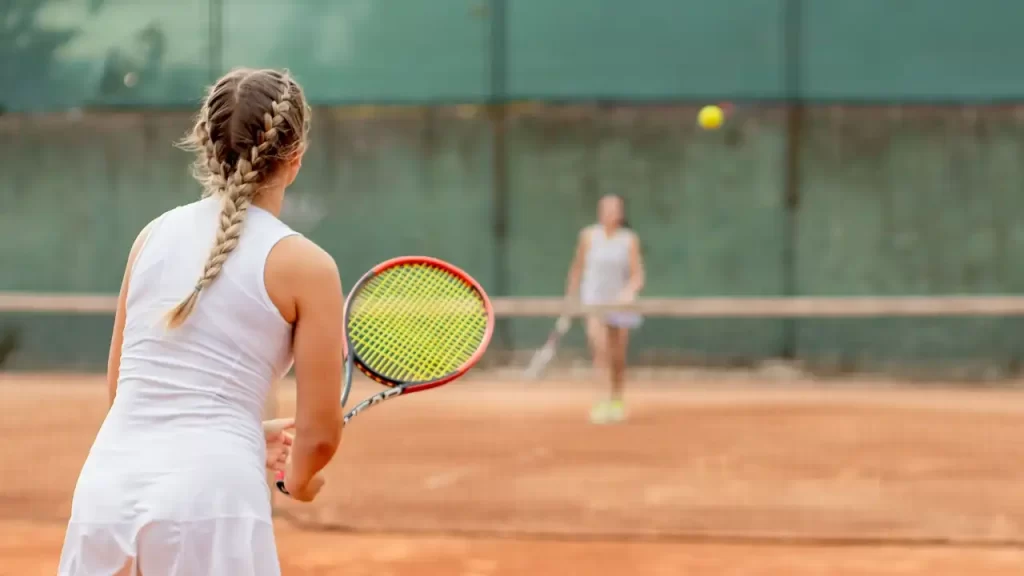
Advanced Players:
- Racket Type: Modern Player’s Racket
- Characteristics: mid-sized head (95-98 square inches), heavier weight, even or head-light balance, dense string pattern.
- Reason: Modern players’ rackets provide control and precision. These rackets allow advanced players to generate their power. These rackets are ideal for players with excellent technique and consistency.
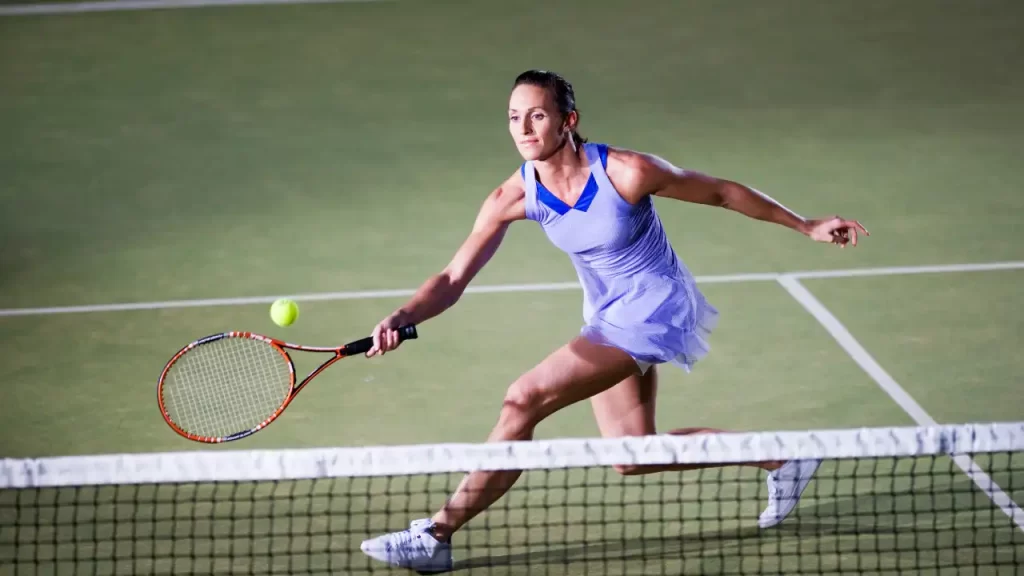
Conclusion:
Different types of tennis rackets are available on the market for people based on their skill levels. It is always a good idea to look up and know about your weak and strong ends and then decide about the suitable racket that tidies up your game and performance and is also comfortable to use.
FAQs
What type of racket should a beginner tennis player get?
A beginner should always go for the racket that is more on the power and control side. The racket should also be lightweight. The reason why power rackets are an excellent choice for beginners.
What is a tweener racket?
Tweener rackets are a combination of power and control rackets. These rackets are ideal for advanced players looking to improve their game as well as skill level.
What are the different types of tennis rackets?
Power rackets, control rackets, tweener rackets, and modern player’s rackets are some of the most common types of tennis rackets.
